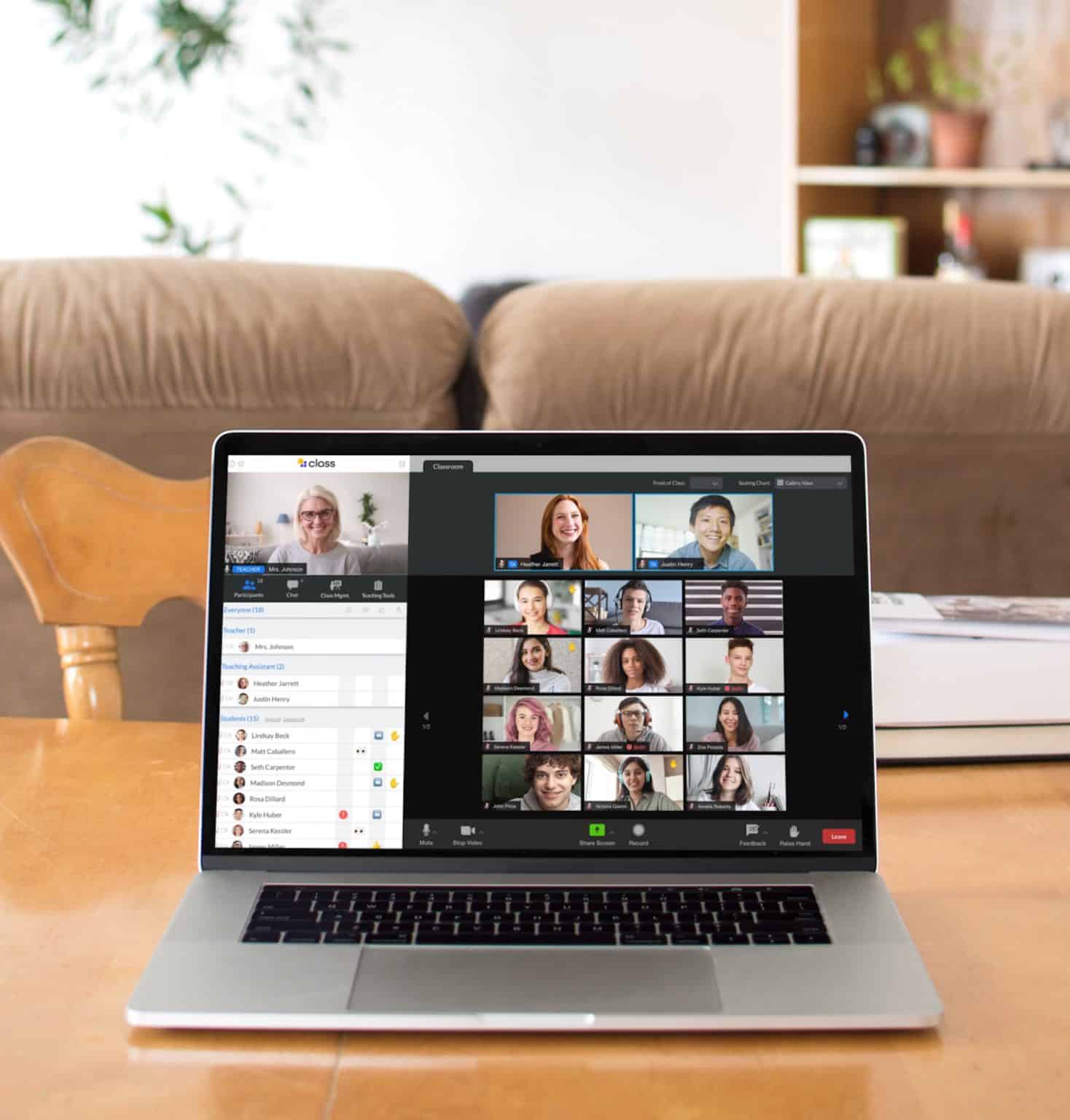
Class is the next generation virtual classroom for K-12, higher education, government agencies, and the workplace. Contact us today to schedule your live demo and see Class in action.

Class is the next generation virtual classroom for K-12, higher education, government agencies, and the workplace. Contact us today to schedule your live demo and see Class in action.

Virtual classrooms have become more prevalent over the past several months due to the impacts of the coronavirus. There have been some key lessons learned during that time—some successes and some challenges. In addition to the virus impacts, educators and students have also been impacted by social justice issues, a divisive political environment and ongoing health concerns.
In this environment, how are educators promoting inclusion and well-being for all students?
In an article for Harvard Business Review, Alexandra Sedlovskaya, assistant director at the C. Roland Christensen Center for Teaching and Learning at Harvard Business School, offers a framework for inclusive virtual classroom discussions based on “the Four Cs model.”
Establishing this kind of open environment, and setting the stage as a model of desired behaviors is an important way to prioritize promoting inclusion and wellbeing in the classroom. As Sedlovskaya notes, doing that needs to start early—even before classes convene.
Inclusion requires interactions. Students need to feel comfortable sharing their opinions and feelings, as well as supported in completing assignments in ways that support their learning needs and preferences. There are some specific ways that educators can accommodate these learning differences following principles of Universal Design for Learning, according to instructional designers.

In an article for The Chronicle of Higher Education, instructional designer Flower Darby, offer some “quick ways” to build inclusiveness into the classroom, based on principles of Universal Design for Learning (UDL) which is all about offering choices. For instance, she suggests:
Adding just one additional option rather than several helps to control the potential for an added burden for teachers while offering variety and flexibility for students with different learning needs and preferences.
Student wellbeing has been significantly impacted during the pandemic. Those impacts are being seen as more prevalent based on age, race, ethnicity, family income, according to Healio News which points to research from JAMA.
There are some specific steps educators can take to recognize and address wellbeing among students who may be struggling during the pandemic.
Dr. Karla Kasher is a 20-year education administrator and Chief Industry Advisor for Education at Qualtrics. “As school districts take on the difficult task of balancing the health and safety of students against the quality of education they provide, listening will be critical,” says Fisher. “Every student is going to learn at a different pace and educators who provide multiple ways for students to demonstrate knowledge and mastery of material will set students up for success and increase their desire for learning.” She offers some do’s—and one don’t—for promoting inclusion and wellbeing in a virtual environment:
Do:
Don’t:
“Moving forward, there is no one-size-fits-all approach to success,” says Fisher. But, she adds: “The key to creating an environment of wellbeing in schools is to listen to and understand the needs of parents and students, and then use that feedback to create a system that works for your community.”

Class is the next generation virtual classroom for K-12, higher education, government agencies, and the workplace. Contact us today to schedule your live demo and see Class in action.

Class is the next generation virtual classroom for K-12, higher education, government agencies, and the workplace. Contact us today to schedule your live demo and see Class in action.
Get our insights, tips, and best practices delivered to your inbox

Sign up for a product demo today to learn how Class’s virtual classroom powers digital transformation at your organization.

Features
Products
Integrations